The Ultimate Guide To Growing An Areca Palm
The areca palm, with its lush, feathery fronds and low-maintenance nature, has become a global favorite for adding tropical elegance to homes and gardens. This comprehensive guide is crafted to uncover the nuances of nurturing and sustaining this exquisite plant. Renowned for bringing a touch of tropical splendor, this palm is a natural enhancer of living spaces. From choosing the right specimen to ensuring its ongoing health and aesthetic appeal, this article provides a step-by-step approach. It serves as an essential resource for both experienced plant enthusiasts and beginners keen on infusing their surroundings with tropical charm. Each segment of […]
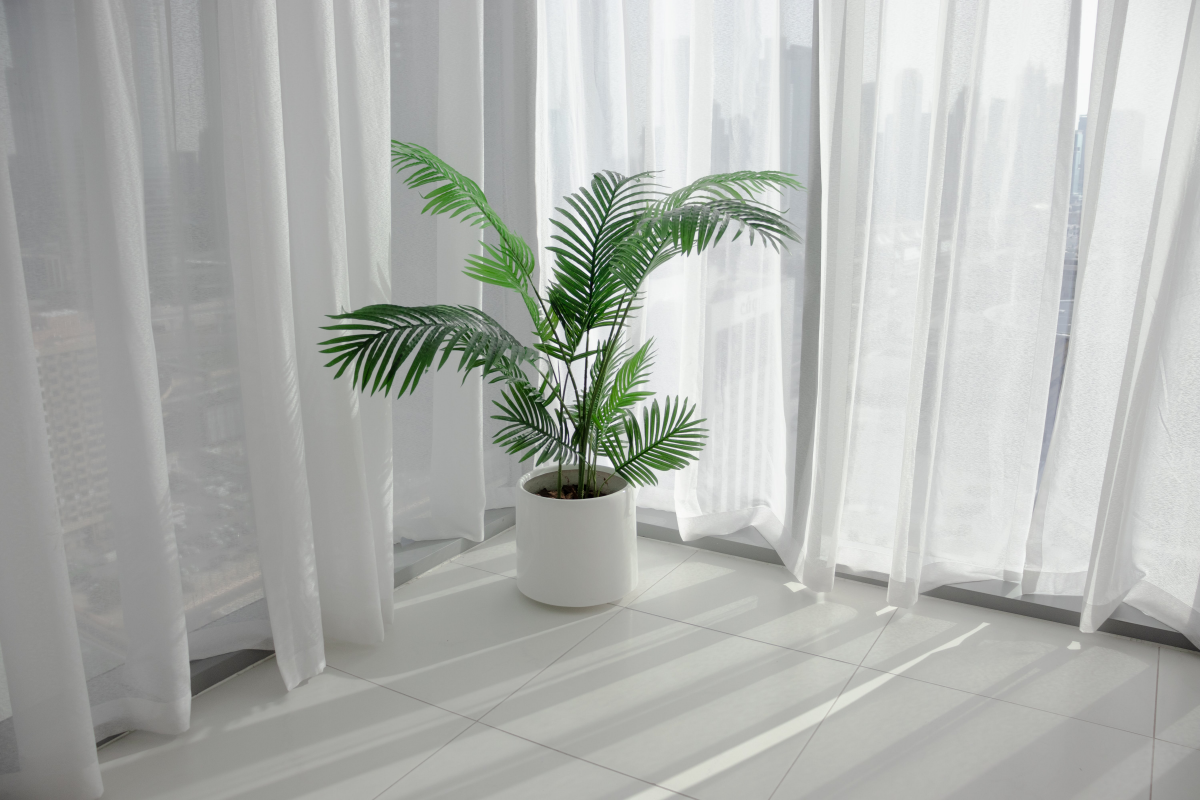
The areca palm, with its lush, feathery fronds and low-maintenance nature, has become a global favorite for adding tropical elegance to homes and gardens. This comprehensive guide is crafted to uncover the nuances of nurturing and sustaining this exquisite plant. Renowned for bringing a touch of tropical splendor, this palm is a natural enhancer of living spaces. From choosing the right specimen to ensuring its ongoing health and aesthetic appeal, this article provides a step-by-step approach. It serves as an essential resource for both experienced plant enthusiasts and beginners keen on infusing their surroundings with tropical charm. Each segment of the guide offers valuable insights, helping you maintain the areca palm’s beauty and vitality, making it a prized addition to any environment.
This palm is a natural enhancer of living spaces

How To Grow an Areca Palm
Originating from the humid and tropical climate of Madagascar, this palm has gained immense popularity as an indoor plant, cherished for its ability to adapt to indoor environments. Beloved by plant enthusiasts, this palm showcases slender, graceful trunks and arching leaves that can grow up to 6-7 feet long, providing an impressive and stately presence in any room. Typically reaching heights of 6-8 feet when grown indoors, it’s ideal for adding a vertical dimension of beauty to your space. But the areca palm’s appeal extends beyond its visual allure. It’s imbued with significant symbolism, often linked to peace and prosperity. In Feng Shui, it is sought after for its capacity to enhance positive energy, making it a popular choice for creating a harmonious and prosperous ambiance. This combination of stunning appearance and deep cultural significance renders this palm a uniquely treasured plant in homes and workplaces alike.
This palm has gained immense popularity as an indoor plant
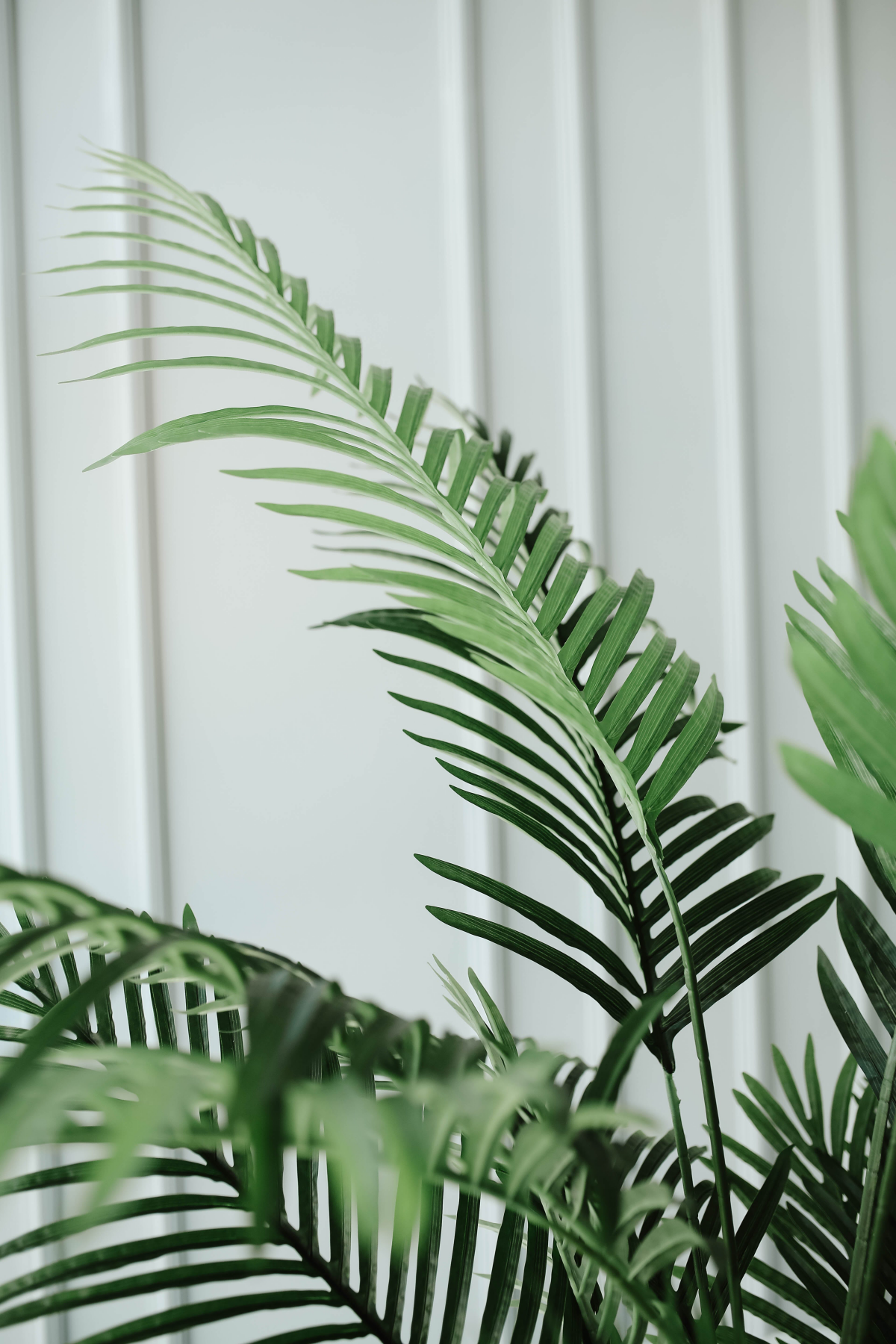
Choosing the right plant
Selecting the perfect areca palm is the first step towards a thriving indoor tropical oasis. Look for plants that boast vibrant green leaves and robust stems, indicators of good health. Steer clear of specimens with yellowing or brown leaves, as these are often signs of underlying health issues. It’s also important to examine the plant’s overall structure. A well-proportioned palm with evenly spaced fronds and a sturdy base is more likely to adapt and grow successfully in your home. Considering the size and growth potential is crucial, especially if you have limited space. Remember, a healthy palm will not only enhance the aesthetic of your indoor garden but will also have a higher resistance to common problems like pests and diseases, setting the stage for lush, verdant growth.
Selecting the perfect areca palm is the first step towards a thriving indoor tropical oasis
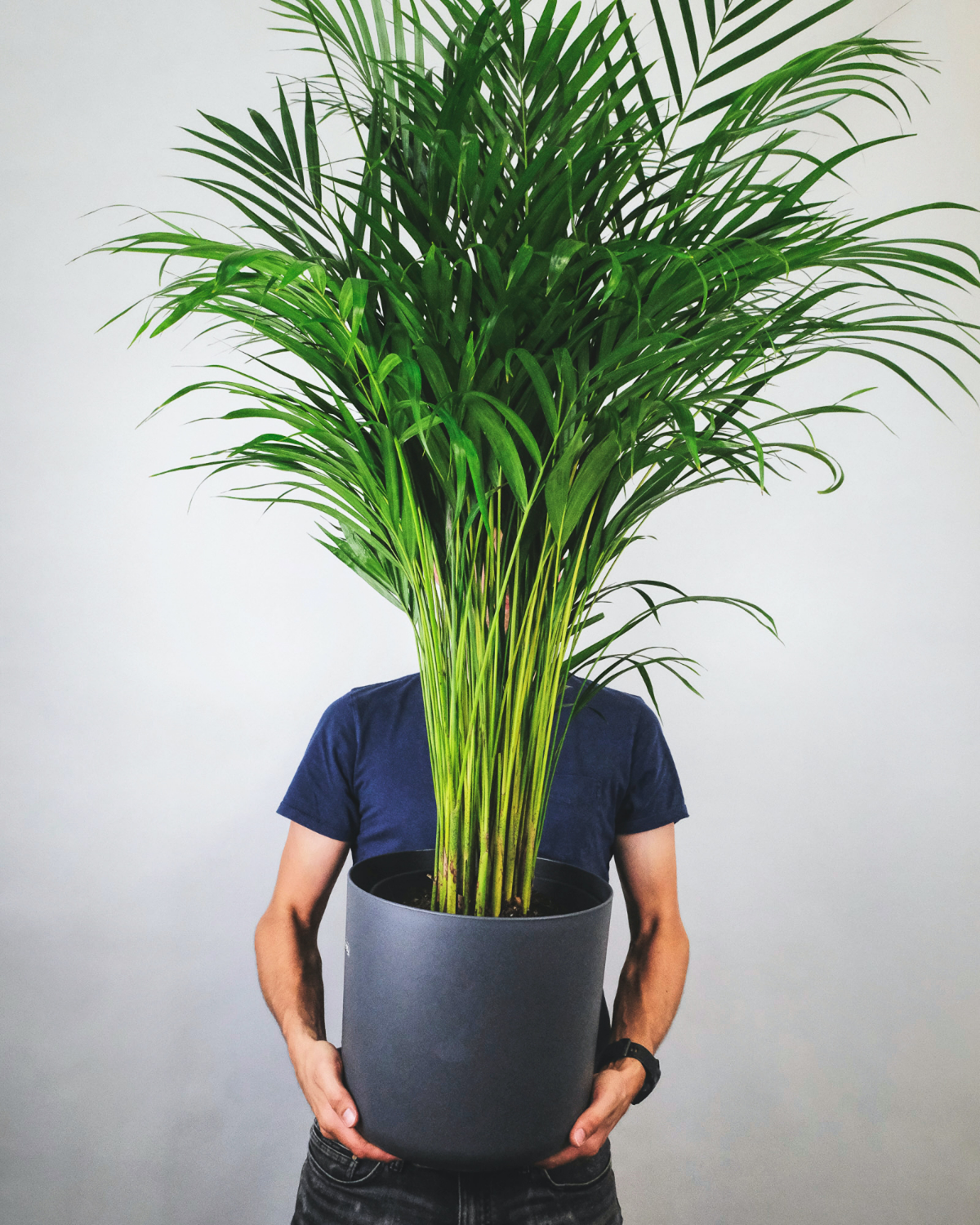
Soil and potting
When it comes to potting your areca palm, the choice of soil and the type of pot plays a pivotal role in its growth and health. A well-draining potting mix is essential to prevent water from accumulating around the roots, which can lead to root rot, a common issue with indoor palms. An ideal mix would be a blend of peat, pine bark, and perlite. This combination ensures good aeration and drainage while retaining enough moisture to keep the roots hydrated. Peat helps in retaining moisture, pine bark provides structure and aeration, and perlite improves drainage, preventing waterlogging. Additionally, selecting the right pot is equally important. Opt for a pot with sufficient drainage holes to allow excess water to escape. The size of the pot should accommodate the plant’s root system without being overly large, as too much soil can retain unnecessary water, increasing the risk of root rot.
A well-draining potting mix is essential to prevent water from accumulating around the roots

Lighting preferences
Lighting is a critical factor in the health and growth of a palm. These palms favor bright, indirect light to mimic their natural, dappled sunlight habitat under the forest canopy. Direct sunlight, especially during the harsher midday hours, can scorch their delicate leaves, leading to browning or yellowing. On the other hand, insufficient light can cause stunted growth and sparse, leggy fronds. The ideal location for your areca palm would be a spot where it can receive ample indirect sunlight throughout the day, such as near a north or east-facing window. If you only have a south or west-facing window, consider using sheer curtains or placing the palm a few feet away from the window to diffuse the intensity of the light. In darker homes or during winter months, supplementing with grow lights can help maintain the palm’s vibrant greenery and robust health.
Lighting is a critical factor in the health and growth of a palm
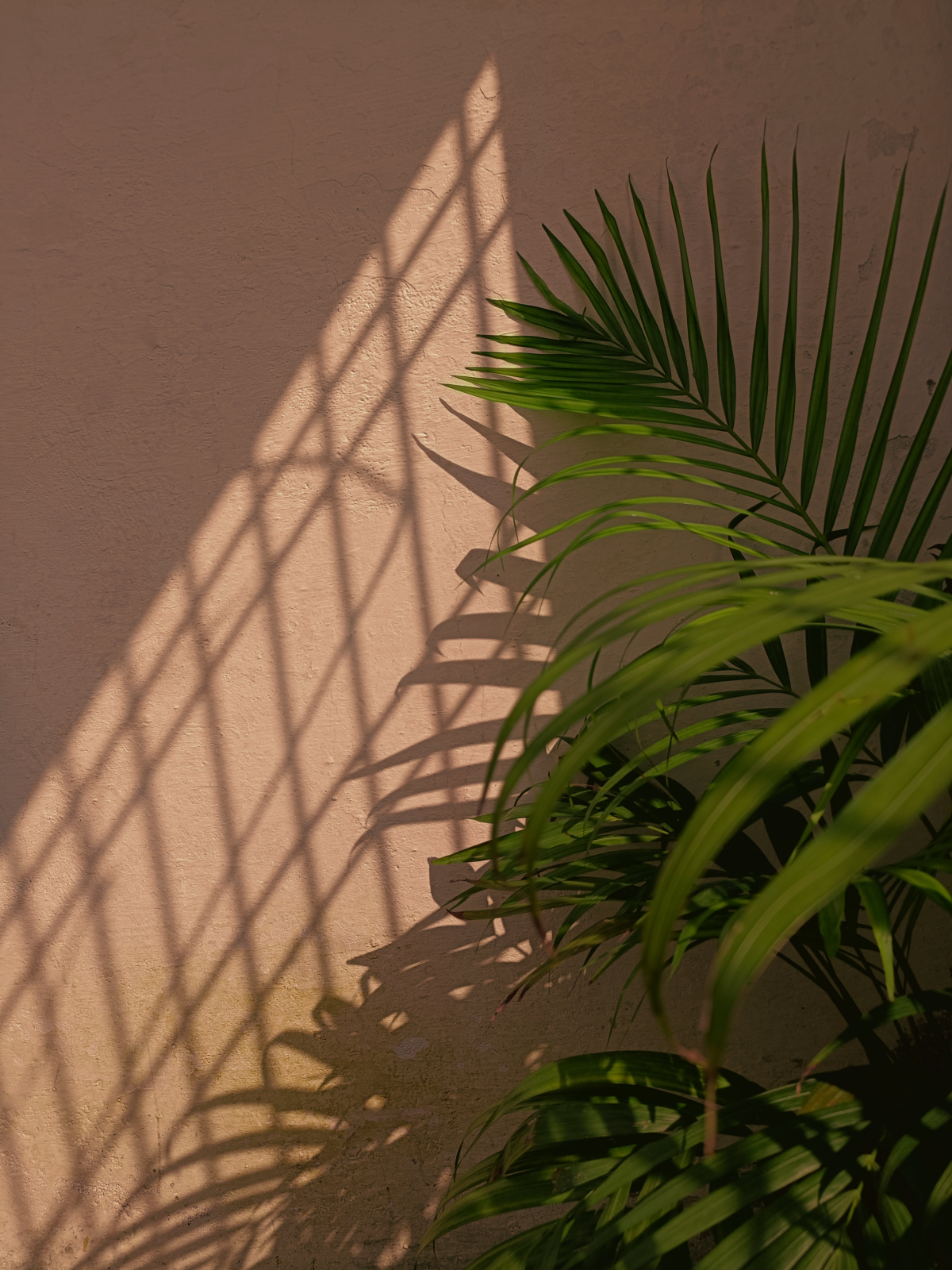
Watering routine
Watering your areca palm correctly is crucial for its survival and flourishing. The key is to maintain a balance – the soil should be moist but not soggy. Water the plant when the top inch of the soil feels dry to the touch. This method helps prevent both over-watering and under-watering, common issues that can adversely affect the plant’s health. Over-watering can lead to root rot, while under-watering can cause the leaves to dry out and turn brown. It’s important to ensure that your potting mix and pot work together to allow for proper drainage. The frequency of watering will vary depending on the time of the year, the climate you live in, and the indoor conditions. In general, palms require more water during the spring and summer, their active growth periods, and less during the fall and winter.
Watering your areca palm correctly is crucial for its survival and flourishing

Temperature and humidity
Temperature and humidity are crucial for the thriving of the palm, as these tropical plants are accustomed to warm and moist conditions. Ideally, maintaining a temperature range between 65-75°F (18-24°C) provides a comfortable environment for these palms. It’s important to protect them from sudden temperature drops and drafts, which can stress the plant and lead to leaf damage. In terms of humidity, areca palms prefer higher levels, typically above 40%. This can be a challenge in dry indoor environments, especially during winter when indoor heating can significantly reduce humidity levels. Regular misting of the leaves can help increase humidity around the plant, emulating its natural habitat. Alternatively, using a humidifier or placing a water-filled pebble tray under the plant’s pot are effective ways to boost moisture in the air.
It’s important to protect them from sudden temperature drops and drafts

Fertilization
Fertilization plays a vital role in the growth and health of your palm, particularly during its active growing season in spring and summer. A balanced, water-soluble fertilizer, typically labeled as 20-20-20, is recommended for feeding these palms every two to three weeks. This regular feeding schedule provides the essential nutrients needed for robust growth and the development of vibrant green fronds. However, it’s crucial to follow the recommended dilution rates on the fertilizer package to avoid over-fertilization, which can lead to leaf burn and root damage. During the dormant period in fall and winter, reduce fertilization to once a month or cease altogether, as the plant’s growth slows down. Always water the plant thoroughly before and after applying fertilizer to ensure even distribution of nutrients and to prevent root burn.
Fertilization plays a vital role in the growth and health of your palm

Pruning guide
Pruning and cleaning are essential aspects of areca palm care, contributing to both the plant’s health and aesthetic appeal. Regularly pruning yellow or dead fronds at the base helps to encourage new growth and maintain the plant’s vibrant appearance. This practice also allows the plant to redirect its energy to healthy leaves, promoting overall growth and vitality. When pruning, use clean, sharp scissors or pruning shears to make clean cuts without damaging the plant. In addition to pruning, keeping the leaves clean is crucial. Dust accumulation on the leaves can hinder photosynthesis and make the plant susceptible to pests. Gently wiping the leaves with a damp cloth or sponge can remove dust and keep the foliage looking fresh and lustrous. This routine cleaning not only enhances the plant’s appearance but also improves its ability to absorb light and perform essential functions.
Regularly pruning yellow or dead fronds at the base helps to encourage new growth

Pest and disease management
Maintaining the health of your palm involves being vigilant about pests and diseases, which can often be a challenge with indoor plants. Common pests such as spider mites and mealybugs can cause significant damage if not managed promptly. Spider mites, tiny and often hard to see with the naked eye, can cause the leaves to discolor and develop a speckled appearance. Mealybugs, on the other hand, are visible as small, white, cottony masses on the leaves and stems. To combat these pests, insecticidal soap or neem oil can be effective. These treatments are safe for the plant and the environment when used according to the instructions. It’s important to isolate the affected plant to prevent the spread of pests to other houseplants. Regular inspections of your areca palm will allow for early detection and treatment of these issues.
Maintaining the health of your palm involves being vigilant about pests and diseases
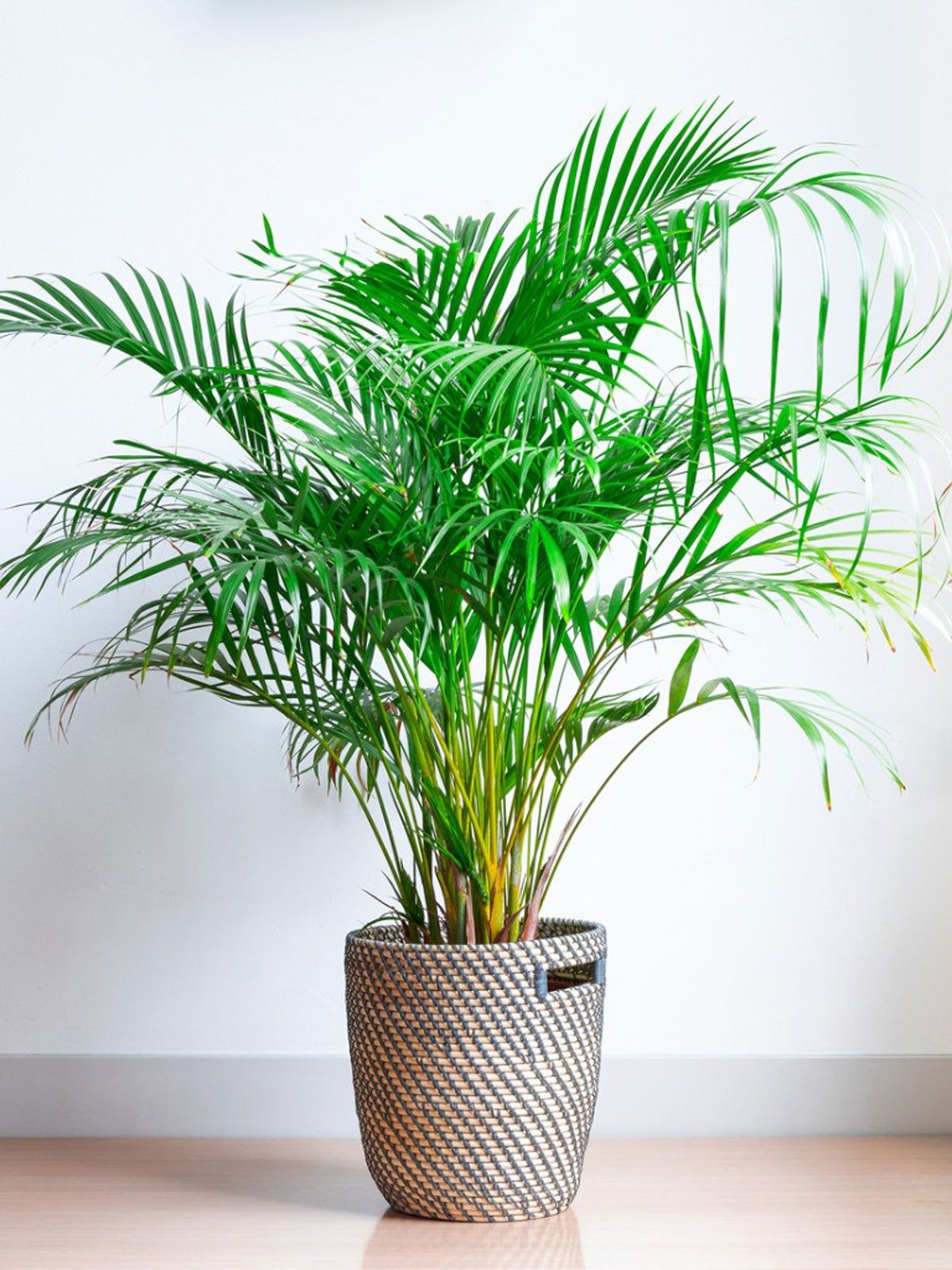
Propagating
Propagating a palm can be a rewarding way to multiply your plant collection. This is commonly done through division during repotting. To propagate, carefully remove the palm from its pot and gently separate the clumps of stems, ensuring each new section has a substantial root system. This process is best performed in spring or early summer when the plant is in its active growth phase. Use a sharp and clean knife or spade to divide the roots, minimizing damage. Plant each division in a pot with a suitable potting mix, as described earlier, and water well. It’s important to provide the newly potted divisions with the same care as an established areca palm, including proper lighting, watering, and humidity. With patience and proper care, each division will grow into a new, healthy palm, allowing you to expand your tropical garden or share it with friends and family.
Propagating a palm can be a rewarding way to multiply your plant collection

Common issues
Troubleshooting common problems is key to maintaining the health of your areca palm. Yellowing leaves are a common issue, often indicating over-watering or poor drainage. It’s crucial to check the moisture level of the soil and ensure that your potting mix and pot allow for proper drainage. Adjust your watering schedule accordingly and consider repotting if drainage is inadequate. Brown tips on the leaves are another issue, typically suggesting low humidity levels or the presence of fluoride or chlorine in tap water. Increasing humidity through misting or using a humidifier can help, as can allowing tap water to sit out overnight before watering to dissipate these chemicals. Additionally, avoid placing your palm near heating or air conditioning vents, as these can create dry conditions. Regularly monitoring your plant and adjusting its environment as needed will help prevent and address these common issues, keeping your palm looking its best.
Troubleshooting common problems is key to maintaining the health of your areca palm
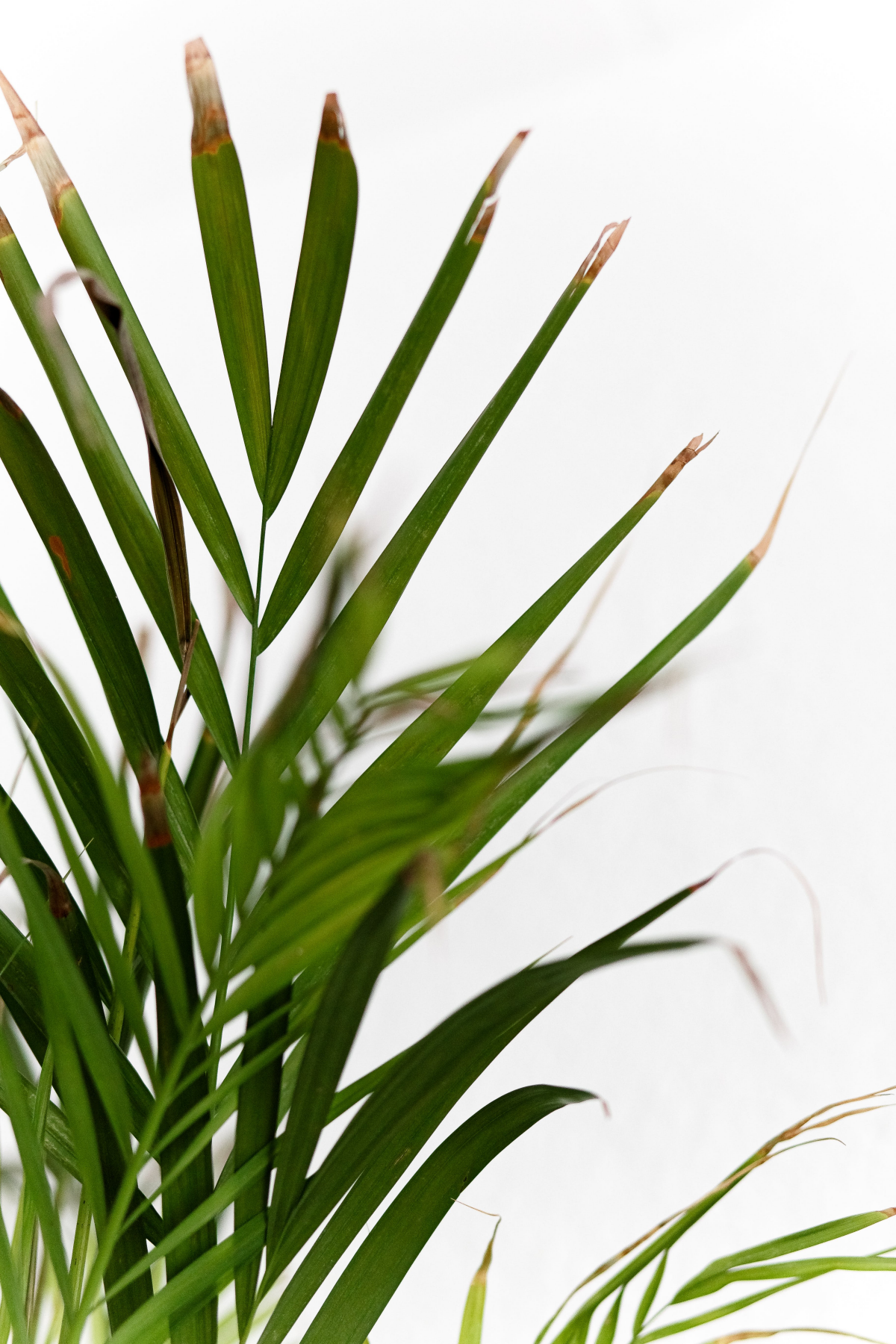
Cultivating an areca palm is not just about adding a piece of greenery to your space. It’s about embracing the rewarding journey of plant care. With patience and adherence to the care tips outlined, you can successfully grow a thriving and beautiful areca palm that brings a touch of tropical elegance to your home or office. These palms not only enhance the aesthetic appeal of your environment but also contribute to a sense of well-being and tranquility. Remember, every plant has its unique personality and may require slight adjustments in care. Embrace these nuances, and enjoy the lush, vibrant ambiance and sense of accomplishment that comes with nurturing your areca palm.
Cultivating an areca palm is not just about adding a piece of greenery to your space

